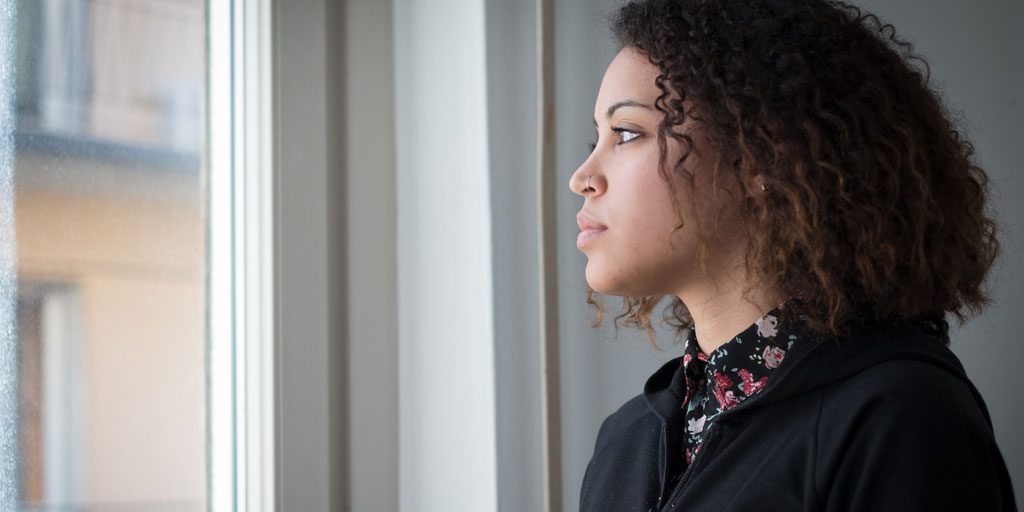What Do I Do About Vaginal Discomfort?
Posted By:
Dr. Michael Coyle, DO FACOOG, FPMRS

No matter the stage of a woman’s life, her vagina can still surprise her with new pains, discharge, surprise bleeding and sudden onset itching. Vaginal discomfort has a wide range of causes, some minor, some more serious, many of them easily treated. Here are some of the common vaginal symptoms and what they can mean.
Vaginal Bleeding
Abnormal vaginal bleeding is unexpected bleeding that occurs between menstrual cycles or after menopause. It can be caused by anything from a hormonal imbalance to pelvic inflammatory disease (PID) to more severe issues such as endometrial cancer. Bleeding after intercourse can indicate vaginal dryness or a thinning of vaginal walls. In any case, abnormal vaginal bleeding should be evaluated by your urogynecologist.
Vaginal Itching
Many women feel vaginal itching and automatically think yeast infection. In many cases, it is the root cause. But vaginal itching can also be an indicator for vaginal atrophy, dryness, a skin condition or another form of vaginal infection, such as a bacterial infection. For this reason, self-diagnosing can be detrimental to your vaginal health. If you experience persistent itching that isn’t alleviated by over-the-counter treatments or prescription yeast infection solutions, you should consult your urogynecologist.
Vaginal Dryness
A wide range of vaginal discomfort, pain and burning can be attributed to vaginal dryness. Dryness can cause these symptoms at any time, but especially during and after sexual intercourse when the vaginal tissues are irritated by friction. Vaginal dryness is typically caused by a hormone imbalance, more specifically, a drop in estrogen that often accompanies menopause. Topical estrogen and other estrogen replacement can help alleviate symptoms. Vaginal rejuvenation can also offer long-term relief even for those who are not able to use hormone therapies.
Vaginal Laxity
Vaginal laxity is caused by a drop in estrogen during menopause or by vaginal tissues being physically stretched and strained during childbirth. More than just an agitating “looseness,” laxity can cause vaginal discomfort due to a loss of lubrication and affect sexual response and the ability to experience orgasm.
The first step for many women is to try regular Kegel exercises to help strengthen the pelvic floor muscles, which can help better support the vaginal and help with urinary incontinence. Vaginal laser rejuvenation, such as diVa®, can help firm and “plump” vaginal walls and resurface the walls of the vaginal canal to improve lubrication, offering relief from vaginal laxity symptoms.
Know your options and live the life you want.
Schedule an Appointment TodayVaginal Atrophy
Estrogen is responsible for much of a woman’s vaginal health. When estrogen levels drop, women may experience vaginal atrophy, which is the thinning, drying and inflammation of the vaginal walls. Atrophy can cause vaginal discomfort, pain and urinary continence issues. Women too often assume that the symptoms of vaginal atrophy go hand in hand with menopause and aging, but there are treatments, such as diVa®, that can return the health and resiliency of the vagina.
Pelvic Inflammatory Disease (PID)
PID is an infection of the vagina and the surrounding reproductive organs. Symptoms include pain during sexual intercourse and menstruation. If you suspect you are experiencing symptoms of PID, seek medical attention. Left untreated PID can jeopardize fertility.
Vulvodynia
Vulvodynia is vaginal pain during intercourse or when inserting a tampon. Some women even experience pain without any vaginal penetration. Vulvodynia is rare, and a full assessment is needed for an accurate diagnosis and to eliminate other causes of vaginal discomfort. Fortunately, vulvodynia can often be successfully treated with a topical painkiller.
A Healthier Vagina with diVa®
diVa® Laser Vaginal Therapy is an effective non-surgical treatment for overall vaginal health, improving vaginal elasticity, resiliency and lubrication with a single treatment. During diVa® treatment in your provider’s office, one laser resurfaces the walls or lining of the vaginal canal by stimulating new, healthy tissue growth. This resurfacing improves lubrication, decreasing vaginal discomfort.
At the same time, a second laser penetrates the deeper tissue layers and triggers the production of new and healthy collagen structures. This new collagen improves thickness of the vaginal walls and the structural support tissues of the vagina. This safe and effective laser treatment takes only a few minutes to perform in your urogynecologist’s office, and there is no downtime after the procedure.
Who Is a Good Candidate for diVa® Treatment?
If you are experiencing ongoing or recurring vaginal discomfort, diVa® procedure may help. This hormone-free, non-surgical procedure has no downtime and is appropriate for women of any age after childbirth, during and after menopause, after chemotherapy or any woman who wants to reclaim sexual health.
The first step to finding out what is causing your vaginal symptoms is a visit to your urogynecologist where a simple pelvic exam can help make a diagnosis. Lab work and other testing may also be needed to ensure you are getting the appropriate and most effective treatment for your vaginal discomfort.
Schedule your consultation at the Coyle Institute today and stop living with vaginal pain, itching or laxity. Find out if diVa® is the right treatment for you!

